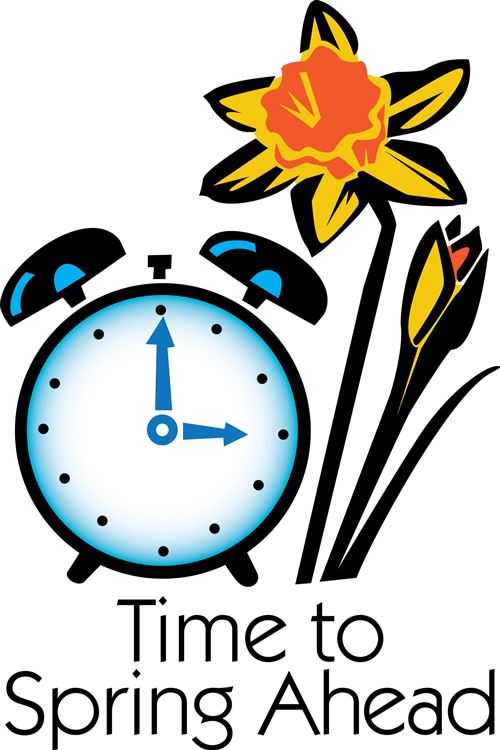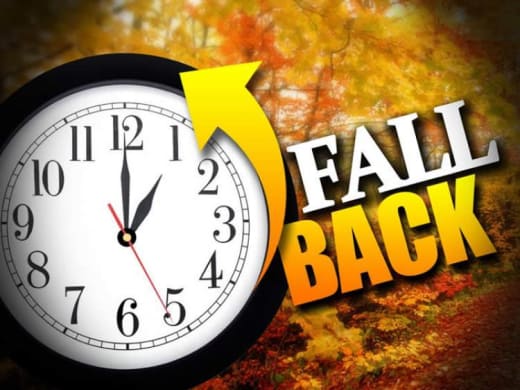

"The evening rush hour is twice as fatal as the morning for various reasons - far more people are on the road, more alcohol is in drivers' bloodstream, people are hurrying to get home, and more children are enjoying outdoor, unsupervised play." And darkness in the evening is far deadlier than darkness in the morning," University of Washington professor Steve Calandrillo said. Experts who testified before the subcommittee in a hearing last week urged lawmakers to make the change. An identical version of the bill has been introduced in the House and was referred to a subcommittee of the House Committee on Energy and Commerce last month. The bill passed by the Senate must still be approved by the House and signed by the president to become law. Rubio said his bill delays the change until 2023 to accommodate airlines and other industries who set their schedules far in advance. The federal government last extended that period by four weeks in 2007. For example, the Heppner Gazette-Times on Octoprinted a notice stating Daylight Saving Time ends this Sunday, October 31. Records show that the phrase spring forward, fall back has been in use at least as far back as the early 20th century. The UK is the only country that observes BST in the summer. Other variations are Daylight Savings or Daylight Saving. A 2015 Brookings report also found that robberies also dropped 27% during the afternoon hour that gained some extra daylight.Daylight Saving Time currently begins the second weekend of March and ends the first weekend of November. During Daylight Saving Time, clocks in the United Kingdom are set forward one hour to British Summer Time (BST). 5, meaning we once again undergo the ritual of changing time and setting the clocks back one hour. Studies show that changing the clock twice a year can increase the risk of seasonal depression, stroke and cardiac arrest. Daylight saving time in 2023 ends on Sunday, Nov. Another 29 states have introduced legislation for year-round Daylight Savings Time. On Saturday night, clocks are set forward 1 hour (i.e., losing one hour) to spring forward.

In 1907, he published a pamphlet called 'The Waste of Daylight' that campaigned for advancing clocks in spring and turning them back in fall, according to the National Museum of Scotland. Daylight Saving Time begins on Sunday, March 10, 2024, at 2:00 A.M. In countries in the Northern Hemisphere, clocks are usually set ahead one hour in late March or in April and are set back one hour in late September or in October. But the change was repealed, largely because of parental concerns about schools’ operating before sunrise. 2 days ago &0183 &32 The first true proponent of daylight saving time, however, was an English builder named William Willet. Daylight Saving Time, system for uniformly advancing clocks, so as to extend daylight hours during conventional waking time in the summer months. In the past few years, state legislatures have considered at least 450 bills that would establish year round Daylight Saving Time should a federal law in favor pass, the National Conference of State Legislatures found. adopted year-round daylight saving time once before, in 1974-75.

The controversial practice of 'springing forward. throughout the year, with fewer mornings with the sun rising before 7 a.m., according to WSLS. Millions of Americans will turn back their clocks in November, marking the end of daylight saving time in 2023. This proposed change means people would see greater sunsets after 6 p.m. Sunrise and sunset will be about 1 hour earlier on than the day before.

The bill, which has yet to pass through the House of Representatives, would make Daylight Saving permanent. When local daylight time is about to reach Sunday, October 29, 2023, 2:00:00 am clocks are turned backward 1 hour to Sunday, October 29, 2023, 1:00:00 am local standard time instead. Marco Rubio most recently introduced the Sunshine Protection Act in March, where it passed unanimously. Why is there a push to keep Daylight Savings Time year-round? Another study found a 7 decrease in robberies following the spring shift to DST. Studies have found that DST contributes to improved road safety by reducing pedestrian fatalities by 13 during dawn and dusk hours. began observing eight months of Daylight Saving Time, which it still does today. Safety is one of the more solid arguments for keeping the lighter evenings of DST. Arizona, for instance, is one of two states that opted out because it gets plenty of daylight and heat in the summer. Daylight Saving Time currently begins the second weekend of March and ends the first weekend of November. States were given the chance to opt in or out. By 1966, the practice was standardized after the passage of the Uniform Time Act, which said the nation would observe half a year of Daylight Saving Time and another six months of Standard Time.


 0 kommentar(er)
0 kommentar(er)
